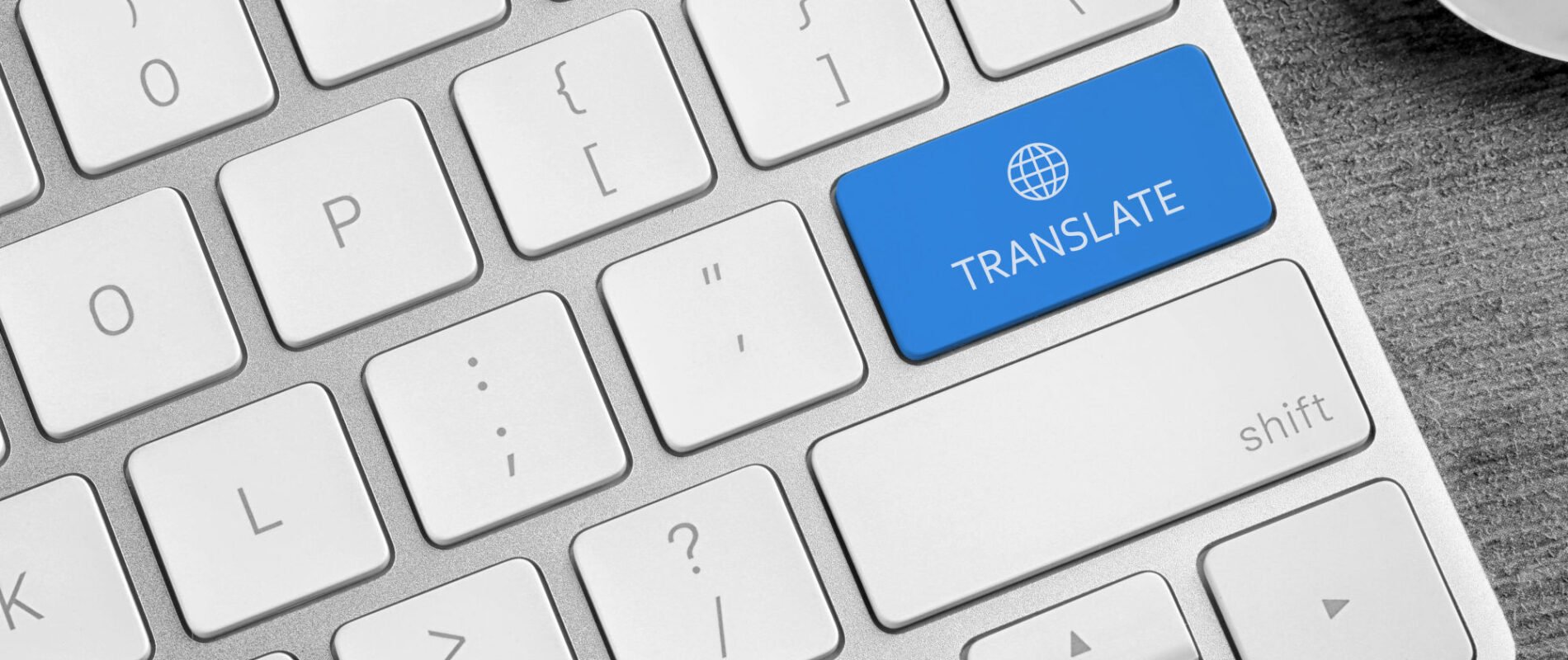In the vibrant world of video games, connecting with a global audience is a top priority for developers aiming to maximize reach and revenue. Game localization—the process of adapting games for different languages and cultures—is the key to making titles resonate with players worldwide. With the global gaming market expected to hit $256 billion by 2025 (Newzoo), localization has become a cornerstone of success, particularly in diverse markets like Portuguese-speaking Brazil and Portugal. The rise of artificial intelligence (AI) and machine translation (MT) has transformed this process, offering unprecedented speed and cost savings. Yet, these tools come with limitations that demand human expertise to ensure quality. This article explores how AI and machine translation are reshaping game localization, their benefits, challenges, and the critical role of human oversight in delivering engaging, culturally relevant games.
What Is Game Localization?
Game localization goes beyond translating text; it involves adapting dialogue, user interfaces, graphics, and even gameplay elements to suit the linguistic and cultural expectations of a target market. For Portuguese-speaking players, this means ensuring that a game feels natural in Brazilian Portuguese (PT-BR) or European Portuguese (PT-PT), with appropriate slang, humor, and cultural references. Traditionally, localization relied on teams of human translators and cultural consultants, a process that was time-consuming and expensive, often delaying global releases. The introduction of AI and machine translation has streamlined this workflow, but it’s not a complete solution.
The Rise of AI and Machine Translation
AI-driven tools, particularly neural machine translation (NMT) systems like DeepL and Google Translate, have revolutionized translation by leveraging advanced algorithms to process text quickly and with improved accuracy. Unlike older statistical models, NMT systems analyze entire sentences for context, producing more natural translations. In game localization, these tools can translate in-game text, menus, and subtitles at a fraction of the time and cost of human translators. Specialized platforms, such as Smartling and MemoQ, integrate AI with translation memory to enhance efficiency further.
Benefits of AI and Machine Translation
Speed: AI can translate thousands of words in minutes, enabling developers to meet tight release schedules. For example, localizing a game with 50,000 words of dialogue can take weeks for humans but days with AI.
Cost Savings: By automating initial translations, AI reduces reliance on human translators, lowering costs. This is critical for indie developers or studios with limited budgets.
Terminology Consistency: AI tools use glossaries and translation memory to ensure consistent terms across game elements, enhancing player immersion.
Scalability: AI supports simultaneous localization into multiple languages, ideal for global launches targeting diverse markets like Brazil and Portugal.
These benefits make AI an attractive option for developers seeking to expand their reach efficiently.
Limitations of Machine Translation
Despite their strengths, AI and machine translation have notable limitations in game localization:
Contextual Errors: NMT systems often struggle with context, producing literal translations that miss the intended meaning. For instance, a humorous line in English might become awkward or nonsensical in Portuguese.
Cultural Nuances: Games rely on cultural references, idioms, and humor that machines may not grasp. A Brazilian player might find a direct translation of an American joke confusing, while a Portuguese player might miss a cultural reference.
Creative Adaptation: Localization often requires rephrasing or rewriting to capture the game’s tone. AI lacks the creativity to adapt dialogue for character personality or cultural fit.
Technical Constraints: Games have strict text length limits in user interfaces, such as menus or subtitles. Machines may produce translations that exceed these limits, requiring manual adjustments.
These challenges highlight the need for human intervention to refine AI-generated translations.
The Critical Role of Human Oversight
Human translators and localizers are essential to overcoming the limitations of AI and machine translation. Their expertise ensures that localized games are engaging and culturally appropriate:
Quality Assurance: Human reviewers verify accuracy, correcting errors and ensuring translations align with the game’s context and intent.
Cultural Adaptation: Localizers adapt humor, idioms, and references to resonate with Portuguese-speaking players, whether in Brazil’s vibrant slang or Portugal’s formal tone.
Creative Refinement: For narrative-driven games, human writers preserve character voices and storytelling, ensuring dialogue feels natural and immersive.
Technical Precision: Experts adjust translations to fit UI constraints, ensuring text displays correctly without breaking the game’s design.
For example, the localization of The Witcher 3: Wild Hunt was lauded for its seamless translations, achieved through a combination of AI tools for initial drafts and extensive human editing to capture cultural nuances (CD Projekt Red). In contrast, games like Zero Wing became infamous for poor translations, such as “All your base are belong to us,” due to inadequate human oversight.
The Future of AI in Game Localization
As AI technology advances, its role in game localization will likely expand. Emerging tools may offer better context awareness, improved cultural adaptation, and automated UI adjustments. However, human creativity and cultural insight will remain vital to delivering games that resonate with players. By blending AI’s efficiency with human expertise, developers can achieve high-quality localization that captivates global audiences.
AI and machine translation are transforming game localization by offering speed, cost savings, and scalability, making it easier for developers to reach Portuguese-speaking markets like Brazil and Portugal. However, their limitations in handling context, culture, and technical constraints necessitate human oversight to ensure quality.
Bring your game to life in Portuguese-speaking markets with Artlangs Translation. Our expert team combines AI efficiency with human creativity to deliver flawless, culturally resonant localizations. Contact us today to elevate your global reach!











